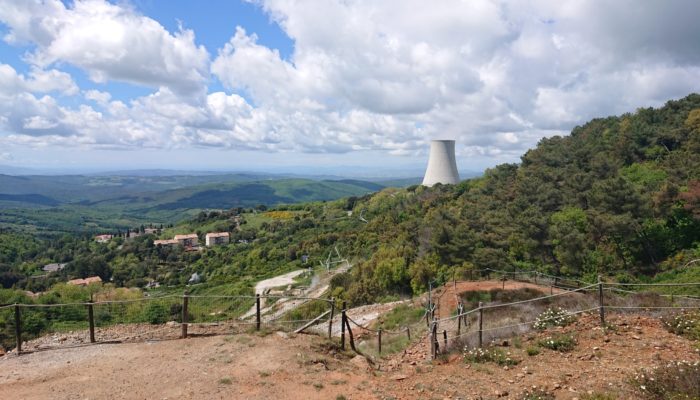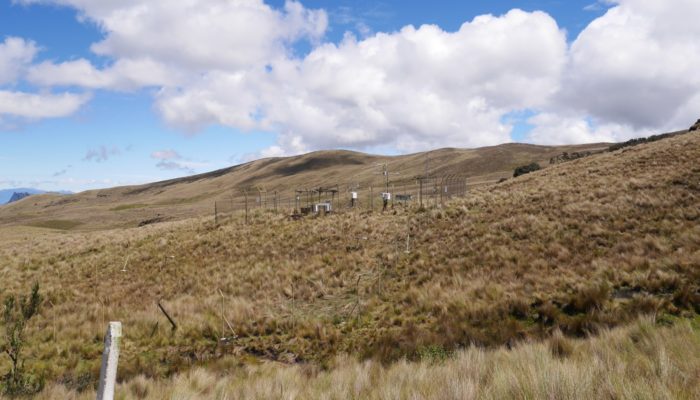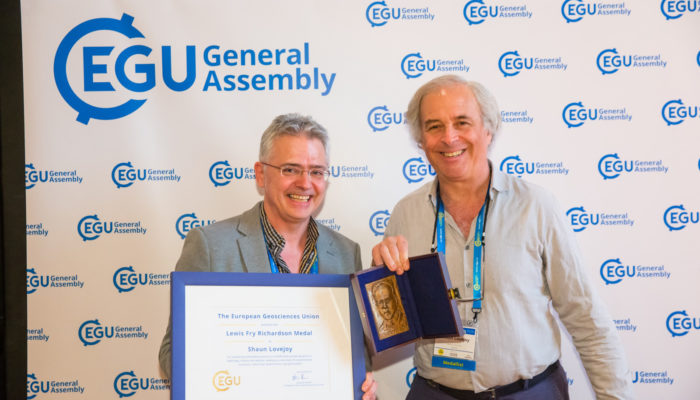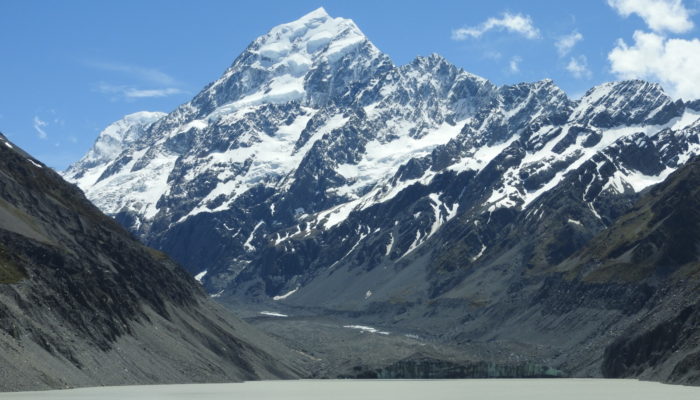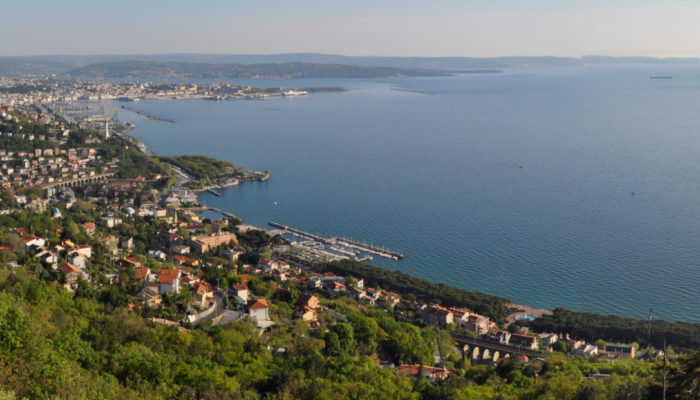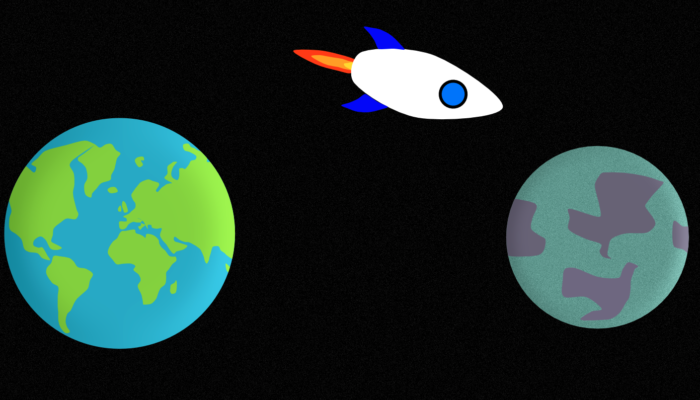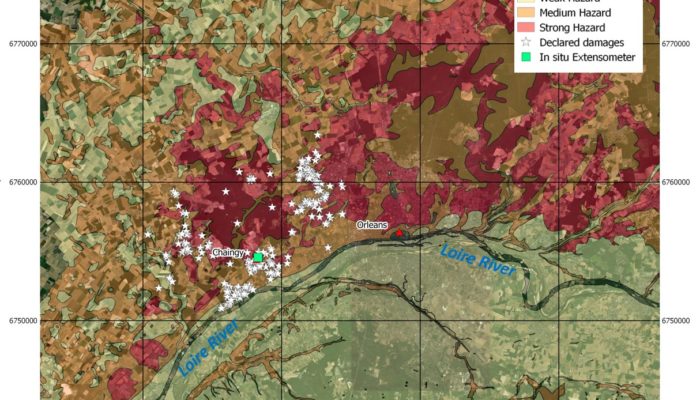Fieldwork is a necessity to expand the brain, to kick-start 3D thinking. Field studies with a specific application in mind have – until now – usually been geared towards hydrocarbon reservoirs. However, with the increasing use of the subsurface, for example for CO2 storage and geothermal energy, alternative field studies gain importance. Here, we will focus on geothermal energy, which is in ...[Read More]
Geodynamics
The Sassy Scientist – Earthquake Exoteries Nr. VI
Every week, The Sassy Scientist answers a question on geodynamics, related topics, academic life, the universe or anything in between with a healthy dose of sarcasm. Do you have a question for The Sassy Scientist? Submit your question here or leave a comment below. In a comment on a post about the key papers in geodynamics, the Curmudgeonly Commenter asked: Could you please point out some exceptio ...[Read More]
Hydrological Sciences
Featured catchment series: Disentangling the ecohydrology of a tropical hotspot!
Zhurucay Ecohydrological Observatory: Critical zone observations at the top of the Andes! A natural laboratory of tropical alpine ecohydrology Tropical alpine ecosystems, known as the Páramo, extend to high elevations (3,000-5,000 m a.s.l.) mainly through the northern Andes of South America from Venezuela to northern Peru. Given their geographical location and elevation, Páramo areas are exposed t ...[Read More]
Nonlinear Processes in Geosciences
NP Interviews: the 2019 Lewis Fry Richardson Medallist Shaun Lovejoy
Today’s NP Interviews hosts the Lewis Fry Richardson Medallist Shaun Lovejoy. Shaun has degrees in physics from Cambridge and McGill University; he has been a McGill professor since 1985. For four decades, he has developed fractal, scaling ideas in the geosciences, contributing to advances in cascade processes, multifractals, anisotropic scale invariance, space-time multifractal modeling as well a ...[Read More]
Cryospheric Sciences
Did you know? – Proglacial lakes accelerate glacier retreat!
In a global context, New Zealand’s small mountain glaciers often get overlooked and yet they are a beautiful part of New Zealand’s landscape. They are the water towers for the South Island and an essential part of its tourism, thanks to a few undeniable heroes (Frans Josef and Fox Glaciers), but sadly, they may not be as prominent in the future. In this post we review the state of modern glaciatio ...[Read More]
Geodynamics
The Sassy Scientist – Earthquake Exoteries Nr. V
Every week, The Sassy Scientist answers a question on geodynamics, related topics, academic life, the universe or anything in between with a healthy dose of sarcasm. Do you have a question for The Sassy Scientist? Submit your question here or leave a comment below. In a comment on a post about the key papers in geodynamics, the Curmudgeonly Commenter asked: Could you please point out some exceptio ...[Read More]
Tectonics and Structural Geology
Trieste, where the word Karst originates
The city of Trieste lies in north-eastern Italy along the border with Slovenia. It is positioned at the corner point between the Romance, Germanic and Slavic worlds and serves as an important seaport in the region. It is fascinating for both its history and geology. My relationship with Italy’s town of Science, as Trieste is often referred to, started about a year ago. I got the opportunity to st ...[Read More]
Geodynamics
Space travel: arrogance or vision?
This week, Caroline Dorn, Ambizione Fellow at the University of Zurich, tells us her view on space travel and why we shouldn’t pack our bags just yet. Space exploration is experiencing a new boom, a come-back since the 60s & 70s! First discoveries of planets outside our solar system in the 90s have set the foundations of a new discipline that is exoplanet science – the field in wh ...[Read More]
Nonlinear Processes in Geosciences
After Lorenzo and Ophelia, should we prepare European coasts for tropical storms and hurricanes?
Autumn is hurricane season in the north tropics and indeed 2019 does not make exception from this point of view. After Dorian hitting Bahamas and North Carolina, the American National Hurricane Center named Lorenzo a tropical depression originating near Capo Verde. On September 25th Lorenzo became a category 1 hurricane, according to the Saffir-Simpson scale. This scale categorizes the hurricanes ...[Read More]
Natural Hazards
How can remote sensing and wavelet transform unravel natural and anthropogenic ground motion processes?
Underground energy storage and gas storage in aquifers In the context of energy transition, massive energy storage is a key issue for the integration of renewable sources into the energy mix. Storing energy in the underground can lead to larger-scale, longer-term and safer solutions than above-ground energy storage technologies. In particular, natural gas storages are designed to address different ...[Read More]

